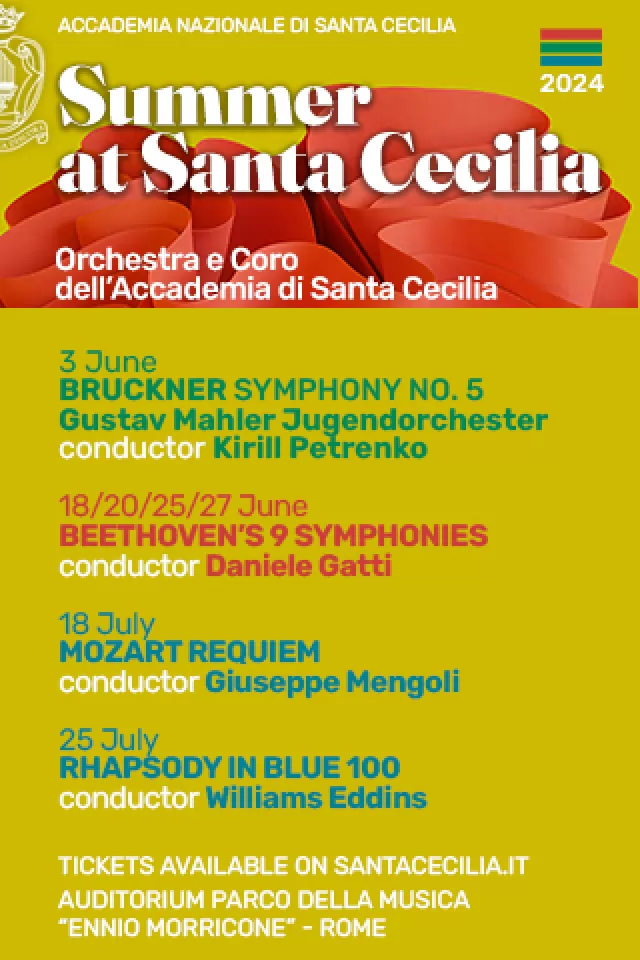Lanuvio: Aeneas was here too.....
The true origins of Lanuvio may be lost in the fascinating mists of myth and time but it is almost certain that, together with Ariccia, it is the oldest inhabited centre of the fertile volcanically-formed Alban Hills or Castelli Romani. Situated to the southeast of Rome a few kilometres short of Velletri, ancient Lanuvium can trace its hearsay history back to legends surrounding the Trojan War, circa tenth century BC. The Aeneas was here theory, one shared by many settlements throughout ancient Latium, is popular. A follower of the defeated Trojan prince, Lanoios, is believed to have found refuge on the beckoning outcrop dominating the vast marshy plains far below and the large swathe of the Tyrrhenian Sea stretching from todays Terracina and Circeo all the way to Anzio.
The earliest archaeological findings, however, date back to the beginning of the ninth century BC. They bear witness to an inhabited nucleus on Colle S. Lorenzo, the highest point in Lanuvio, and also to the site of the influential Temple of Juno Sospes, whose construction began in the sixth century BC. With the exception of some peperino blocks and a strange atmosphere of quiet and mystery, little of the temples grandeur now remains. Sections were transported to Londons British Museum following excavations carried out at the end of the 19th century. Portions are also to be found in Romes Museo Nazionale Etrusco di Valle Giulia.
Lanuvium knew both prosperity and devastation. Following the birth of Rome in 753 BC, it sporadically joined forces with other Latin league communities such as Ardea, Ariccia and Velitrae to repulse those cheeky Roman upstarts from the banks of the Tiber. The league underwent a final decisive defeat in 338 BC but this proved to be a relatively small setback for Lanuvium, which bartered a share of the rich offerings generated by the Temple of Juno Sospes in return for full Roman citizenship. The settlements position high above malaria-ridden plains and its proximity to the Appian Way encouraged many illustrious Roman personages to maintain sumptuous villas there. Two Roman emperors, benign Antoninus Pius (147-87 BC) and bizarre Commodus (161-192 AD), were born in Lanuvium. Another reputed son of Lanuvium, Publius Sulpicius Quirinus, was the promulgator of the census that caused the Virgin Mary and Joseph to undertake the long journey to Bethlehem.
The diffusion of Christianity in the fourth century AD heralded the end of the pagan temple and the decline of Lanuvium. It was all but annihilated by barbarian incursions in ensuing centuries. In the 11th century, under the aegis of Benedictine monks, Lanuvium returned to life with a new name, Civita Lanuvina. (It was later to become Civita Lavinia, a possible corruption creating confusion with ancient Lavinium, now Pratica di Mare.) Noble and frequently bickering families such as the Frangipani, the Orsini, the Colonna and later the Cesarini and Sforza-Cesarini, ruled Civita Lavinia throughout the Middle Ages. Towards the end of the 18th century, the town was in danger of being overrun by French troops, constantly called in by the papal states to subdue unruly subjects. Renamed Lanuvio in 1915, it was bombarded during world war two following the Allied landing at Anzio in 1944; many families lost loved ones and the town suffered severe damage.
Lanuvio today has followed the pattern of most inhabited centres of similar origins, with modern housing propagating downwards from the original historical hilltop nucleus towards a flatland base.
Upper Lanuvio can be reached by turning off Via Appia Nuova beyond Genzano onto the Via Appia Vecchia and following the appropriate directions. The extent of Lanuvios breathtaking panorama is immediately evident from the terraced parking lot (being extended, but get there fairly early to find a space) and this alone makes the 34 km-drive from Rome well worth it.
A first stop could be the delightful Museo Civico Lanuvino. To get there, pass the Fontana degli Scogli in Piazza Carlo Fontana, built in 1657 by the architect after whom the square is named. Entrance to the massively-walled mediaeval core of Lanuvio, with its winding cobbled streets and narrow-tiered dwellings, is guarded by an imposing cylindrical corbelled tower. Used as a prison until the 17th century, it now hosts a municipal collection of DOC wines from the surrounding Lanuvian hills. A little further ahead, Palazzo Colonna can pass almost unobserved. It was the birthplace of Marco Antonio Colonna, hero of the Battle of Lepanto in 1571, and now houses a very modern chemists shop on its ground floor.
The Castelli Romani tradition for good food and generous portions is also evident in Lanuvios restaurants. Il Panorama is appropriately named, while LAnfiteatro is built into the mediaeval walls and incorporates part of an old Roman amphitheatre. Visitors can also browse around the street fair held on the first Sunday of each month. But before leaving this busy town of nearly 10,000 inhabitants, drive (carefully) down the narrow winding Via della Madonna delle Grazie to the 15th-century chapel of the same name, to which Lanuvians make their annual devotional procession in May. Further ahead lies Ponte Loreto, built in the second century BC along the Roman artery that joined Antium (Anzio) with Lanuvium.
Museo Civico Lanuvino. Piazza della Maddalena 16, tel. 0693789237. Wed-Sun 10.00-13.00, 16.00-19.00 (1 Nov-31 March 15.00-18.00), www.comune.lanuvio.comnet.roma.it.
Restaurants: Il Panorama. Via Salvo dAcquisto 18, tel. 069375722.
LAnfiteatro. Piazza Centuripe 4, tel. 069375753.
lFor those without a car the Velletri-Roma Termini regional train line stops in lower Lanuvio.





















